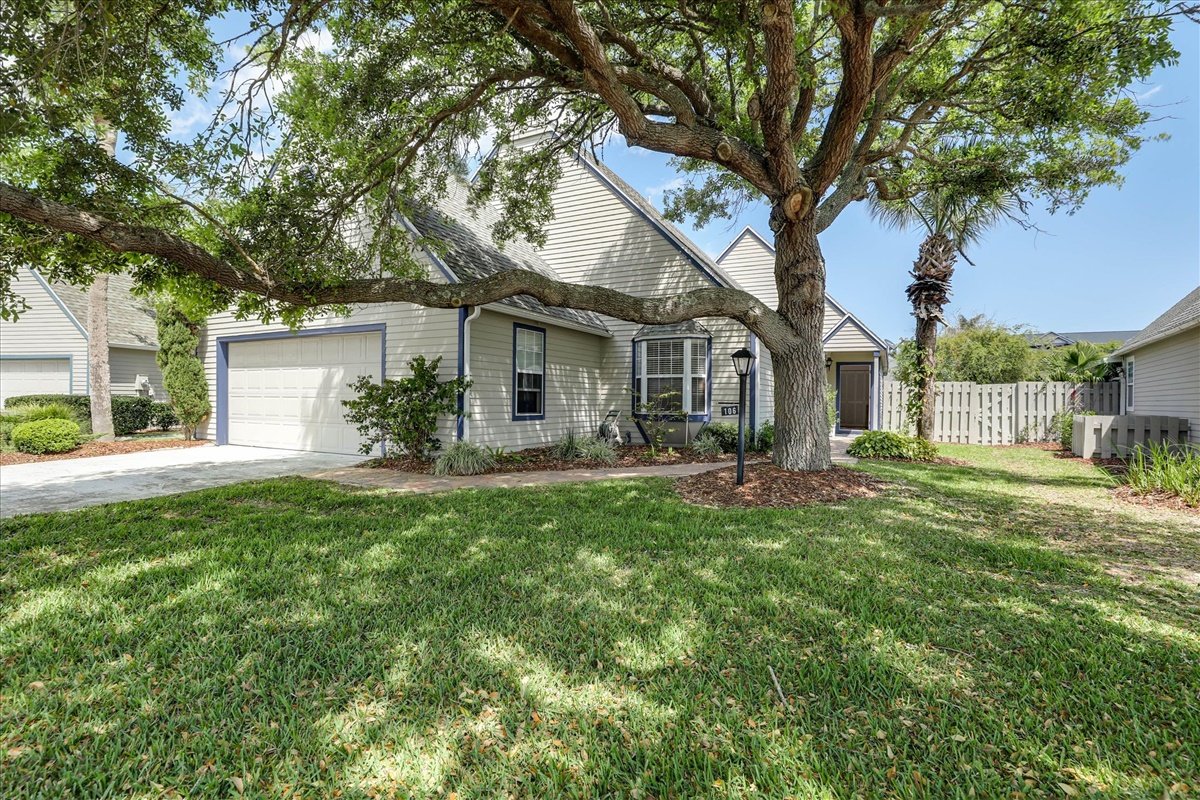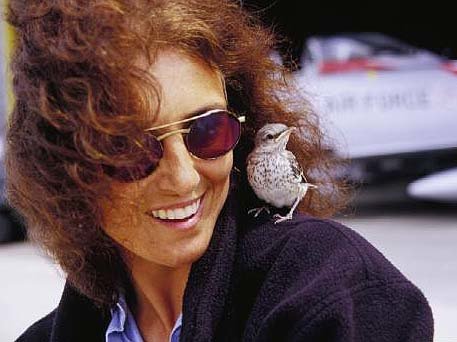A House is not a Home
Villages of Vilano property boasts fascinating history
In arguably the most famous movie of all time, the most famous line (of said famous movie) encapsulates just how endeared we are to our immediate environments. “There’s no place like home.”
There is just no place like it.
A place where we belong, outside of everywhere else. A place for memories. A place full of family and laughter as well as sadness and pain, all wrapped together in boxed nostalgia. Home is a place to hide under the covers watching TV instead of going to a party or to sing off-key in the shower with enthusiasm. It’s a place to go when you’re ready.
The funny thing about homes are that they never stop being them. You can move around the world, build a family, build a life. But if you ever drive down your old street, inevitably you’ll slow down, look for your old address and say, “That’s it!” like it’s still yours, regardless of its new paint job or the strangers inside it.
That’s because you can sell a house, but you can never sell a home.
Everywhere we go we leave packages of memories filed in the interiors of the places we’ve been. The longer we stay in them, the heavier these containers are. Hotels, office buildings, neighborhoods, houses and streets linger with frozen stills of the past. Every once in a while, however, walls can become so saturated with memories they leak through.
Leigh Carter lives in the small-scale community of Villages of Vilano, a quaint neighborhood adjacent to the ocean off A1A. Before she lived there her mother, Jean Leaver Carter, called the 1,949 sqft home hers. From 2001 until 2013 she lived her life there to such a degree that in many ways the walls became a part of her.
The house part of the home has vaulted ceilings and lots of light. The white walls and tile make the interior bright without being overly sterilized. It sits on a cul-de-sac next to a pond, which can be seen from the sunroom. Currently, the house is decorated tactfully with interesting pieces of furniture assembled from around the world. It’s clean and welcoming and begs for a cup of fresh-brewed tea.
The home part of the house is a lot bigger. Its story starts with Gary Rossington, founder of American rock band Lynyrd Skynyrd, who lived there after the house was built in 1987.
According to Leigh Carter, the home became a place for Rossington to practice with bandmates. The acoustics provided by the vaulted ceilings were intentional, allowing the guitarist to create his signature sound. There is an astonishing number of electrical outlets intended for plugging in amps. In the late 80s, Skynyrd was a household name and according to the neighbors, Rossington was notorious on the block — although not always for being a rock star.
“You know, it’s not super conservative but there are some older people here,” Carter said. “I guess Gary Rossington was a little rowdy.”
In fact, according to neighborhood lore, the band would have friends over and play and have parties in the backyard. Occasionally having enough fun to fall into the pond behind the house.
“That was a little wild for this community,” Carter said.
The home’s wild years certainly coincided with its youth. In 1998, after Rossington moved to Atlanta, the home still had a lot of life to give so it passed into the hands of top airshow pilot Patty Wagstaff, three-time U.S. National Aerobatic Champion and inductee into the National Aviation Hall of Fame. For Wagstaff, her other home was the sky.
The home’s quiet location and reserved neighbors contrasted with the roar of an engine and thrill of maneuvering loops, rolls and spinning corkscrews in the clouds. On land, when the wind is just right and the street asleep, you can hear the soft churning of the ocean lapping at the shore.
Although Wagstaff still lives in St. Augustine, she remembers the home well, particularly the tiny mockingbird she rescued there.
“I sometimes wish I had not sold that house and had stayed there,” Wagstaff said. “(I) raised (the bird) there, until it was ready to find a flock and fly on his own. It was a successful release and one of my fondest memories.”
When Jean Leaver Carter moved into the home in 2001, one of the first things she did was buy a Lynyrd Skynyrd cd, having never heard of the band before. She also bought a Smithsonian Institute book about flight and earmarked Patty Wagstaff’s page. She wore her home proud.
“She never wanted to be seen as a senior,” Leigh Carter said.
Before Jean Carter she came to the states, she was an aircraft spotter during WWII and worked for a Belgian company, Tipsy Aviation. Jean Carter was 12 when the war started and 15 when she was sent off to work. She eventually saw the experience as a way to escape her abusive homelife, so she worked hard and eventually got promoted.
Jean contributed to the war effort and learned skills she later applied throughout her life. When she became much older, she bought a power drill and engineered wheels on all of her furniture, so she never had to lift anything. Shortly before she passed away in her late 80s, she could be seen on a ladder, cleaning her gutters.
“If I don’t do it, who will?” she told her daughter.
She pushed her daughters to achieve and have an education, something she never had. In fact, her deep embarrassment of her perceived lack of education plagued her much of her life.
“It was only at the very end that she told me the story about being sent to the aircraft factory,” Leigh Carter said. “She was so ashamed that she didn't finish high school, she never told us. Even when she (did) she said, ‘please don't tell your husband.’ I said, ‘why, I’m so proud of you.’ She said, ‘I don’t want him to think I’m stupid.’”
She saw herself in Patty Wagstaff, who represented the other side of the glass wall she had built. Rather than forgoing high school to work on airplanes, Wagstaff sat in the cockpit and flew. But Jean ate breakfast in the same kitchen she ate in. Lynyrd Skynyrd practiced “Freebird” in her living room.
“(It) gave her a bit more self esteem, I would say,” said Leigh Carter.
Six years ago, Jean passed away, living in her home until the very end. Leigh has resided in the house since, recently putting it on the market.
“It’s going to feel weird to leave,” she said. “I’ve never lived anywhere this long. When I think of all the Christmases we spent here as a family — we're a small, small family. And visitors coming through? It still feels strange when I see the For-Sale sign. It’s like, am I selling my house?”
Leigh Carter’s new home might not have the music of southern rock in its walls. Perhaps a baby bird wasn’t taught how to fly by an aerobatic pilot in the backyard. Mostly, it doesn’t have an old woman engineering away infirmity, unaware how amazing she actually is.
But as strange as packing up and leaving feels, one can never really sell their home. Homes can be bought but can’t be sold. Not really.
That’s because homes are more than dwellings, they are places in which we dwell, both in the past and tentatively, with hope, in the future.





.jpg)
.jpg)



.jpg)
.jpg)




